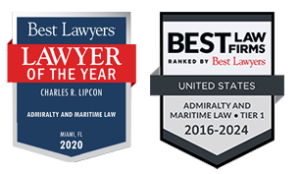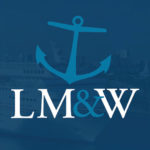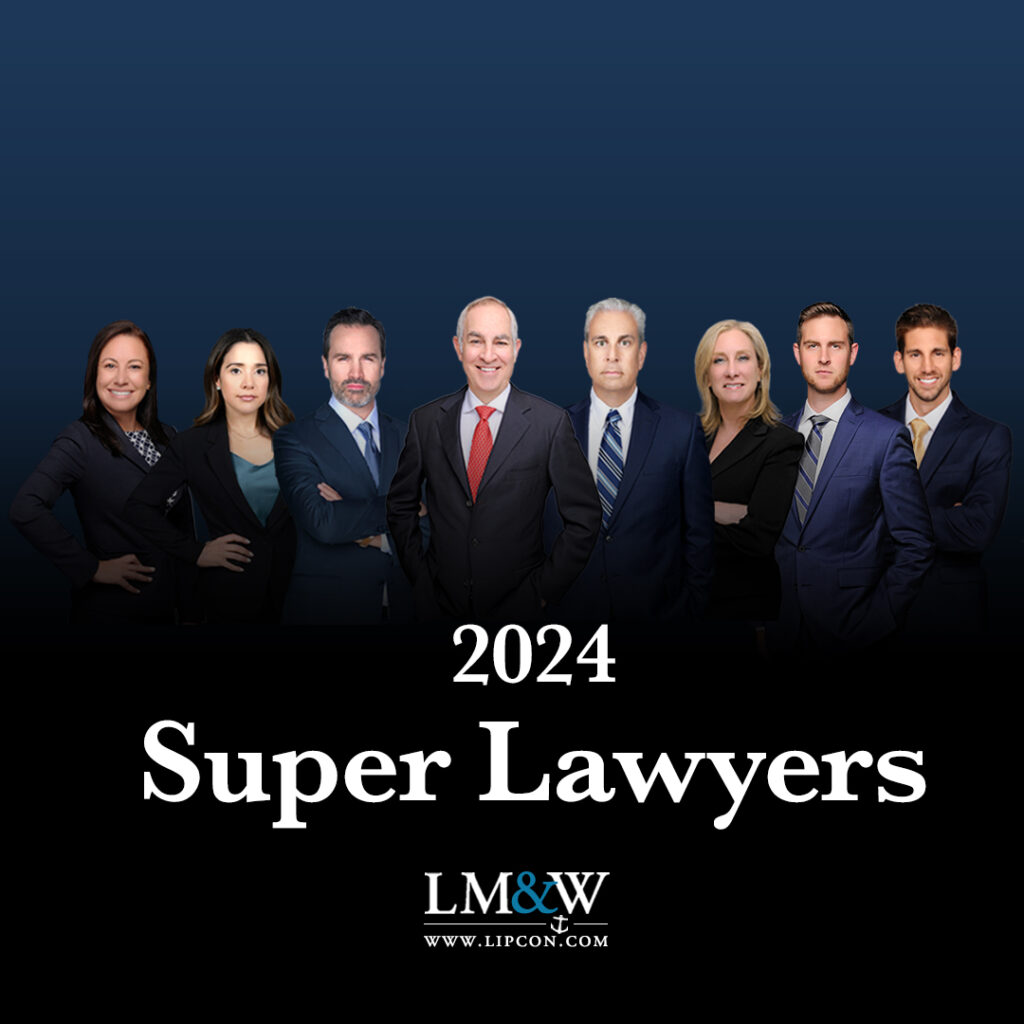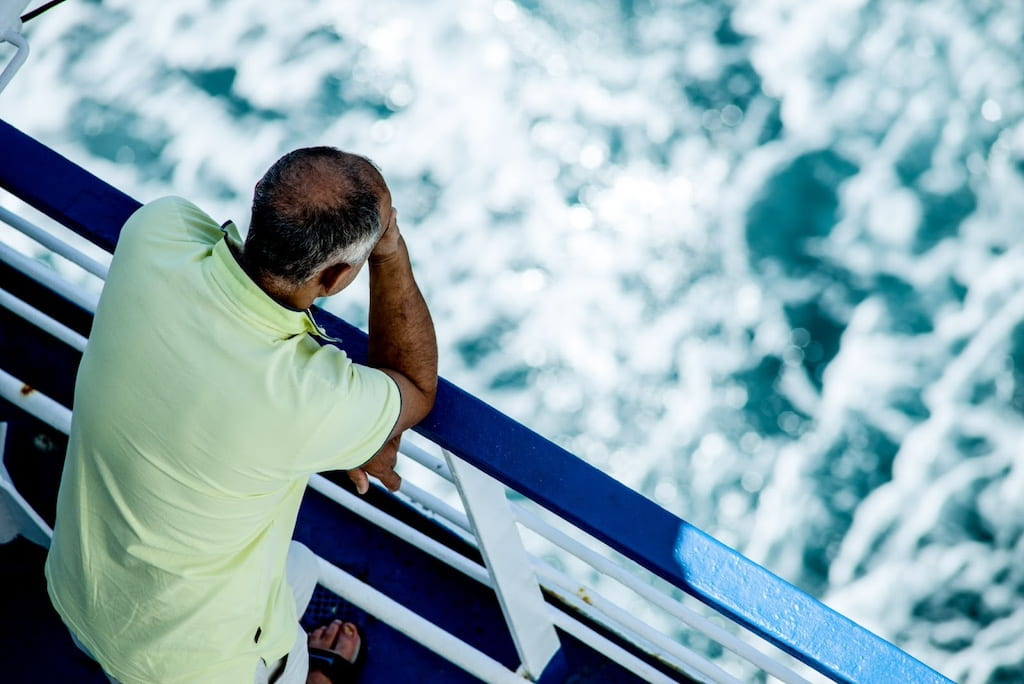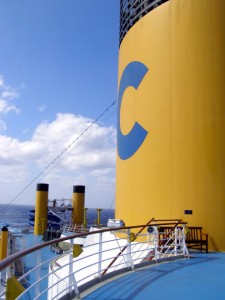
The Concordia capsized because of one man’s decision (and his company allowing the decision to occur) to go against the ship’s planned itinerary, Capt. Francesco Schettino. Schettino made a last minute decision to bring the vessel close to shore in a maneuver known as a salute (which had similarly been performed in the past and the cruise line was aware of the manuever). This, in turn, caused the Concordia to crash into a large rock and become damaged. What happened next was even more shocking. Survivors recount how crew members were entirely unprepared to handle an emergency situation. Instead of helping passengers remain calm and evacuate in as much of an orderly manner as possible, victims explained crew members were scrambling around, unable to communicate with one another and making the evacuation procedure nothing short of a nightmare.
In the wake of the Costa Concordia accident, another cruise ship debacle caught the world’s attention, the Carnival Triumph fire. The Triumph made headlines not just because of the fire, but because the ship had no emergency backup generators, which caused over 3,000 passengers to suffer amidst deplorable shipboard conditions, including overflowing sewage, meager food provisions and non-working toilets. In this day and age, when cruise ships are built with the most innovative features and fully loaded with every entertainment option under the sun, it’s hard to believe that of all things a cruise company would fail to equip its ships with, it would be backup generators. Cruise ships these days are practically expected to fly, let alone do something as basic as, say, keep running after a mechanical issue. Many people have backup generators at home in case of an emergency.
Though these aren’t the first cruise accidents in history, both the Concordia and Triumph accidents did something other cruise accidents never truly did before – they brought to light that somber realization that perhaps safety isn’t always a priority for the cruise industry. They also showed that the cruise industry doesn’t always reveal what really happens behind the scenes on a ship. Not many travelers might believe that in a multibillion-dollar industry, cruise operators would still fail to equip vessels with the latest state-of-the-art technology that will prevent mechanical mishaps and fail to impose regulations that would stop Captains from making last minute calls that go against a ship’s pre-planned itinerary. Yet, these and even more appalling incidents transpire on the high seas on an almost weekly basis.
Since these two accidents occurred, the media has played a much larger role in highlighting the lack of cruise ship safety, and in turn, has led government authorities to want to play a larger role in controlling cruise operations as well. As it stands, cruise lines have specific maritime laws to follow, but once they hit international waters, the U.S. often doesn’t have jurisdiction over what happens nor how cruise lines should be reprimanded. The vast majority of cruise lines are registered in foreign ports and fly foreign “flags of convenience,” which basically gives them a free pass and much more leeway when it comes to accountability. By registering ships in foreign ports, cruise lines allow themselves to be accountable to that particular government’s laws, which unfortunately, are nowhere near as strict as the laws of the United States. And as a result, cruise lines are able to avoid liability for many accidents caused by their own negligence in maintaining a safe shipboard environment. Hence the name “flags of convenience.”
Fortunately, greater media coverage and greater government attention on cruise accidents has led to a number of improvements across the industry, but even in the wake of serious and sometimes fatal accidents, cruise lines continue to ignore safety.
A few months back, our cruise lawyers posted a two-part blog titled Report Shows Cruise Industry Has Yet to Fully Implement Cruise Vessel Security and Safety Act Provisions, in which we discussed how cruise lines have yet to fully implement the provisions of the Cruise Vessel Security and Safety Act (CVSSA). Among the provisions the industry has yet to implement include 1) equipping ships with technology that detects a person going overboard, 2) maintaining a functioning video surveillance system to assist in documenting onboard crimes, and 3) transmitting communications and warnings from the vessel to anyone in surrounding waters.
Despite the hundreds of accidents and crimes that have contaminated the cruise industry and the countless times the lack of safety on ships has been brought to the industry’s attention, these provisions have yet to be implemented.
Now, a recent cruise accident involving another Costa ship, the Deliziosa, has led our maritime lawyers here at Lipcon, Margulies & Winkleman, P.A. to reminisce about the Concordia and Triumph accidents and to wonder whether or not the industry as a whole will ever truly work toward effectively preventing accidents on the high seas.
Find out more about the Costa Deliziosa accident and our thoughts on passenger safety in Part 2 of our blog.
Published on May 27, 2014
Categories: Cruise Ship Accidents
Get Free
Consultation


